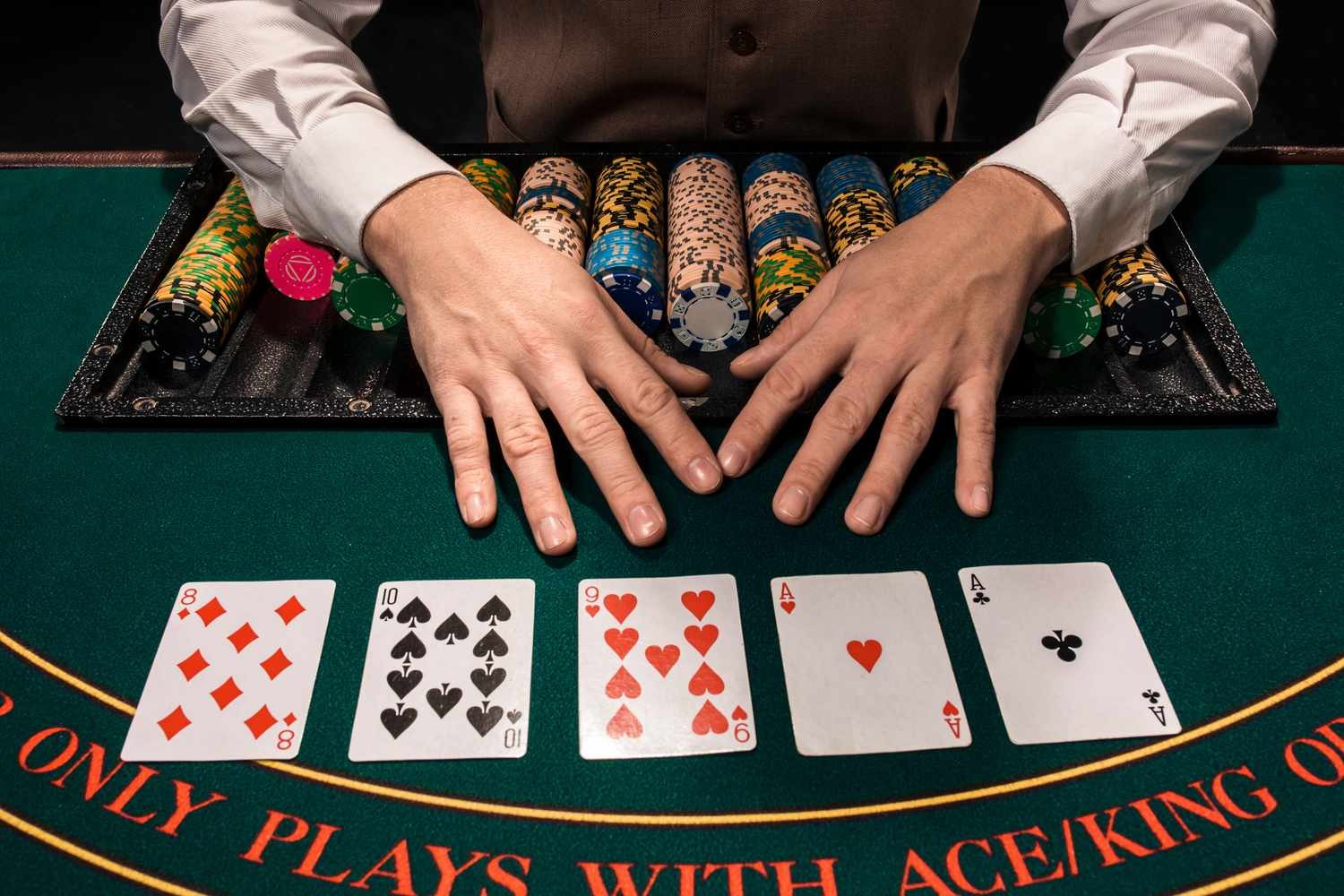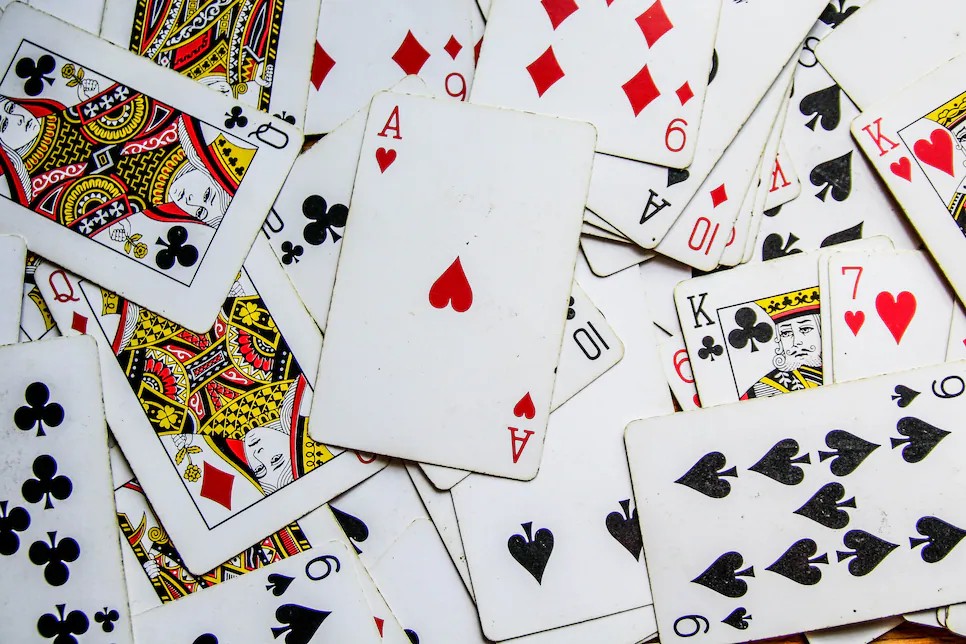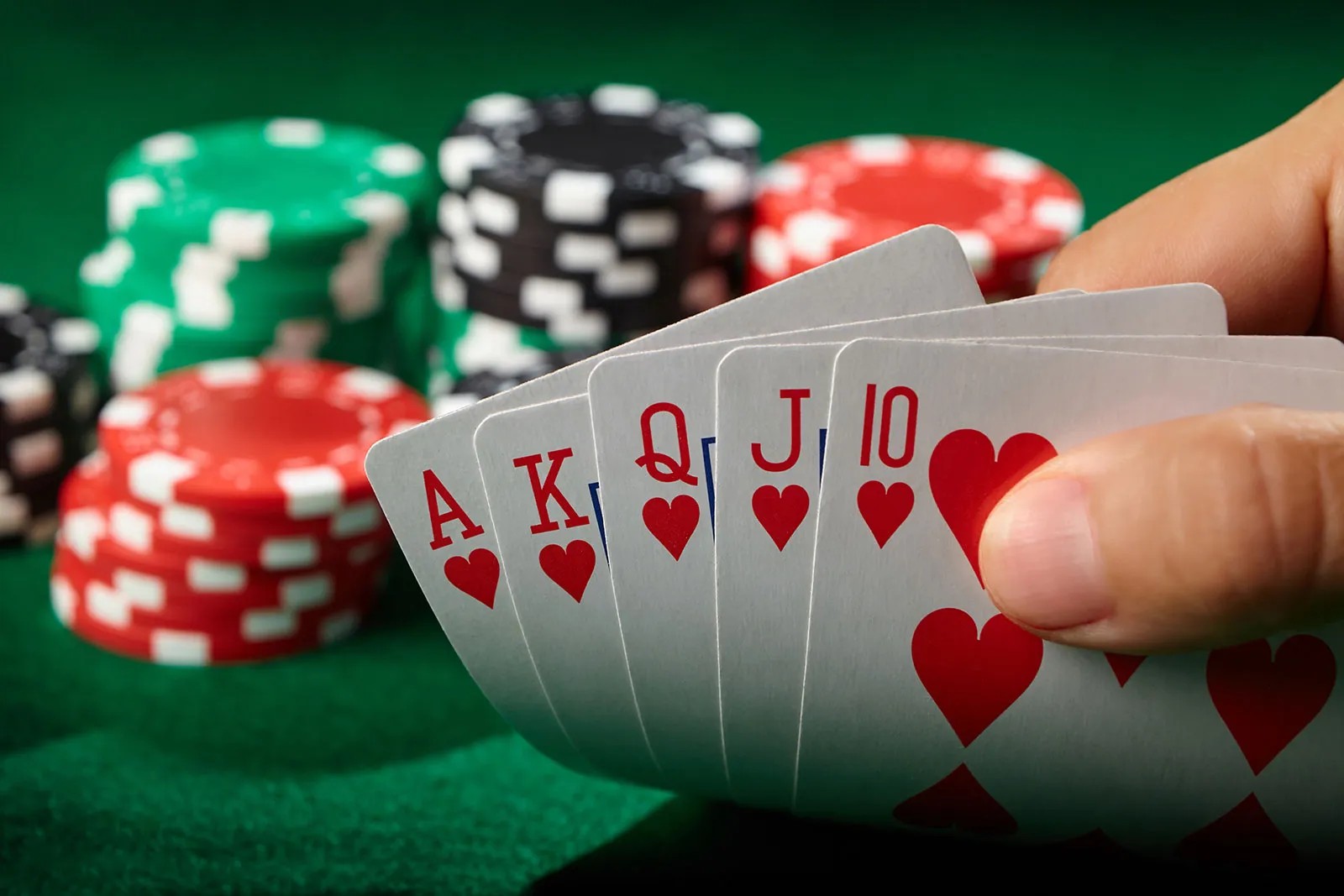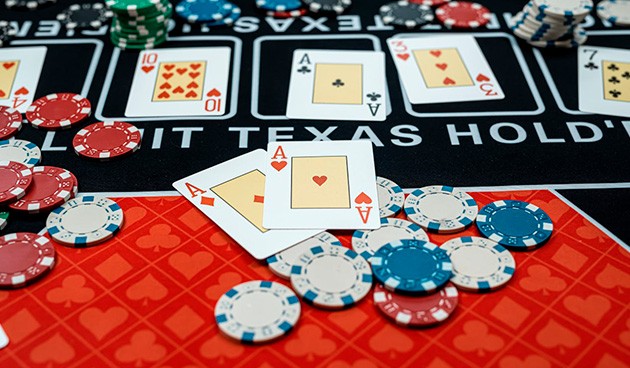If you’ve ever sat at a poker table, you know that silence can be louder than the shuffle of cards. Eyes meet, chips click, someone smiles a little too quickly — and suddenly, the air changes. What is the poker game, really? It isn’t just about winning hands or counting chips. It’s about reading people, reading yourself, and navigating the fine line between logic and instinct.
Today, poker exists everywhere — from backroom home games to international tournaments streamed live to millions. You can even start a game on your phone, clicking tez 888 game download apk, and within seconds you’re facing players from across the world. The cards may be digital, but the tension feels remarkably real.
The poker game lives where chance and choice meet. It rewards the patient and punishes the reckless. It teaches that control sometimes means folding, not fighting. This article explores how the game began, how it works, and why its many forms keep players coming back — generation after generation.
Table of Contents
The Origins and Evolution of Poker
Poker didn’t appear overnight. Its roots stretch through centuries and continents. Most historians trace it back to 17th-century France, where poque was a fashionable pastime among nobles and soldiers alike. Bluffing, betting, and keeping a straight face — all were already part of the fun. As French settlers brought poque to New Orleans, the game drifted up the Mississippi, blending with other card traditions to become what Americans would soon call poker.
By the 1800s, poker had become the entertainment of choice in smoky riverboats and dusty frontier saloons. The game evolved with its environment: new rules, new decks, bigger stakes. Soldiers played it during the Civil War; gold miners dealt it in remote camps. It was fast, unpredictable, and democratic — everyone had a shot at winning, at least for one hand.
The 20th century polished poker’s rough edges. Casinos standardized chips and card decks, and tournaments gave it structure. The World Series of Poker, launched in 1970 in Las Vegas, turned a gambler’s pastime into a global sport. The arrival of online play decades later pushed it even further — a digital revolution where anyone, anywhere, could test their nerve and intellect.
What began as a social diversion became a worldwide language of risk. The poker game mirrors society’s appetite for challenge: equal parts strategy, psychology, and boldness.

How the Poker Game Works
To grasp what is the poker game in practice, imagine a circle of players, a fresh deck, and a quiet expectancy. The dealer slides out cards — some face down, some up — and the room seems to hold its breath. Then come the bets. Players decide whether to call, raise, or fold. One wrong gesture can give away a fortune.
The core of poker is simple: make the best hand you can — or convince everyone else you already have it. But simplicity ends there. Each round is a small universe of decisions, odds, and human psychology.
Here are the main building blocks:
- Ante and blinds: mandatory bets that get the pot started and keep the action moving.
- The pot: the growing pool of chips every player fights for.
- The showdown: when remaining players reveal their cards and truth replaces bluff.
- Bluffing: betting as if you’re strong when you’re not — or pretending weakness to bait others in.
- Position: where you sit relative to the dealer determines how much you see before you act.
It’s this mixture — chance in the shuffle, choice in the play — that makes the poker game endlessly fascinating. Unlike pure luck games, poker gives you power over your fate, but only if you can master yourself first.
Here’s a quick comparison of how different environments shape the same game:
| Setting | Home Game | Casino Table | Online Table |
| Number of players | 4–8 | 6–10 | Dozens or more (multi-tables) |
| Stakes | Friendly or low | Regulated, higher | From micro to high |
| Atmosphere | Relaxed, social | Focused, competitive | Fast, data-driven |
| Reading opponents | Face expressions | Subtle tells | Timing, betting patterns |
Different stages, same drama: a few cards, uncertain hearts, and that flicker of risk that keeps people coming back.

The Different Types of Poker
When people talk about the different types of poker, they’re really describing a family of games built on the same DNA. The mechanics shift, but the tension — that mix of patience, fear, and cunning — stays constant.
Broadly, poker splits into three main styles:
- Draw Poker — each player gets a full hand, then can discard and draw new cards. Example: Five-Card Draw, the simplest form, beloved in home games.
- Stud Poker — some cards are dealt face up for everyone to see. Example: Seven-Card Stud, a game of memory and observation.
- Community Card Poker — players share cards on the table. Example: Texas Hold’em or Omaha, the backbone of modern tournaments.
A short list of popular versions:
- Five-Card Draw — old-school simplicity and pure bluff value.
- Seven-Card Stud — for players who love reading visible information.
- Texas Hold’em — strategy layered with community play; the world’s favorite.
- Omaha — more cards, more combinations, more chaos.
- Mixed formats (HORSE, Razz) — a marathon for those who crave variety.
Each format has its rhythm. In Draw Poker, silence rules — you’re left guessing. In Stud, cards reveal partial truths. In Hold’em, shared cards make every hand a debate about timing and nerve. And that’s the beauty of the poker game: one foundation, infinite interpretations.

The Variations of Poker Around the World
Travel far enough, and you’ll notice that the poker game has a different accent in every country. Its essence stays the same — risk, calculation, nerve — but local habits give it a fresh twist each time. That’s what we call the variations of poker: not separate inventions, but reflections of how cultures gamble, think, and socialize.
In the Caribbean, Caribbean Stud Poker swaps the usual player-versus-player tension for a one-on-one duel with the dealer. It’s quick, glossy, and perfect for tourists who want to feel lucky before dinner. In Asia, Chinese Poker demands patience and geometry: thirteen cards split into three separate poker hands. The structure feels more like chess than chance. In the United States, Triple Draw Lowball flips the logic — here, the worst hand actually wins. Suddenly, every instinct you’ve trained has to work in reverse.
Europe, as always, contributes its quirks: Badugi from Korea became a cult favorite in European tournaments; Pineapple Poker, with its third card twist, spread through Mediterranean casinos like wildfire. The online era only multiplied these variations — hundreds of digital offshoots now live on mobile platforms and in private tournaments.
A few of the most beloved worldwide:
- Caribbean Stud Poker – fast, dealer-based, ideal for newcomers.
- Omaha Hi-Lo – a mind game of math and timing, where pots often split.
- Chinese Poker – the thinking player’s playground.
- Badugi – simple rules, subtle depth.
- Razz – where the lowest hand reigns supreme.
Every version adds a layer to poker’s personality. Together, they show that poker is less a single game and more a conversation the whole world keeps contributing to.

Skill, Psychology, and Strategy in the Poker Game
Luck may deal the cards, but skill decides what you do with them. Every round of the poker game is a quiet duel of minds — a test of reading people as much as reading numbers. Sit long enough at any table and you begin to sense the rhythm: the sharp inhale before a bluff, the careless raise from a player desperate to recover losses, the subtle calm of someone holding a monster hand.
Poker legend and author David A. Daniel once told The Guardian, “Poker is a fascinating, wonderful, intricate adventure on the high seas of human nature.”
He was right. What makes the poker game addictive isn’t just money or victory; it’s discovery. You see how people behave under pressure — and sometimes, you see yourself more clearly than you’d like.
To play well, you need a blend of logic, observation, and self-control. Mathematics gives you the odds, but psychology tells you when those odds don’t matter. A raised eyebrow might reveal more than any probability chart.
Here are a few timeless lessons from seasoned players:
- Don’t rush. Great poker feels slow, deliberate. The impatient lose first.
- Observe before acting. Every player leaks information — just not always in words.
- Use position wisely. Acting last means knowing more; knowledge wins pots.
- Master emotion. Tilt — anger or ego — kills more bankrolls than bad luck ever will.
- Keep learning. Poker is never “solved.” The best players are still students.
What keeps players hooked isn’t the randomness; it’s the chase for control amid chaos. When you fold the right hand or bluff at the perfect second, it feels less like gambling and more like art.

Why People Play Poker: From Tables to Screens
So why, after centuries, does poker still captivate millions? Maybe because it captures something deeply human — the urge to measure yourself against chance and other minds at once.
In smoky bars of old America, poker was rebellion: a break from routine, a flash of freedom. In the digital age, it’s become a social network of its own. You can join a tournament from your kitchen, facing opponents in London, Manila, or São Paulo. The chips are virtual, but the tension — the little thrill before the river card drops — feels every bit real.
The online world has reshaped the poker game without erasing its spirit. Cameras, chat boxes, live dealers — all of it recreates the table atmosphere in pixels and light. Professionals stream their games, fans follow them like sports stars, and newcomers learn strategies in a single night.
Poker’s attraction is partly philosophical. It teaches restraint, timing, and emotional awareness — qualities useful far beyond the felt. Even losing a hand can be oddly satisfying if you played it well. Few games make failure feel so educational.
In the end, poker is connection: strangers united by risk, luck, and the thrill of maybe — just maybe — holding the winning hand.
Conclusion: The Everlasting Appeal of the Poker Game
At its core, the poker game is about decisions. Cards may be random, but choices never are. Every hand tells a story — of patience, mischief, courage, or greed. And that’s why poker endures when other games fade: it mirrors us.
We’ve seen how the different types of poker and the variations of poker shaped this global pastime into something far larger than a deck of cards. It’s both a game and a philosophy — a miniature version of life, where imperfect information meets decisive action.
Whether you play for pennies with friends or for millions under bright lights, the feeling is the same: heartbeats rise, time slows, and one card can change everything. That moment — the one when uncertainty turns into revelation — is the reason poker will never die.
FAQ
- What exactly is the poker game and how does it differ from other card games?
Poker combines probability, logic, and human judgment. Unlike games based solely on chance, it rewards attention, timing, and clear decisions. Each hand reflects the balance between skill and uncertainty. - What are the most popular types of poker played today?
Texas Hold’em remains the global standard. Omaha, Seven-Card Stud, and Five-Card Draw still attract regular players, while mixed formats add variety and test overall competence. - How do the variations of poker change the gameplay experience?
Each variation alters how decisions are made. In Lowball, weaker hands prevail; in Hi-Lo, the pot divides; Stud reveals partial information. These adjustments change both tempo and strategy. - What skills are essential for mastering the poker game?
Discipline, emotional control, and situational analysis are fundamental. Strong players weigh probability against intuition and know when logic outweighs impulse. - Why is poker often called a game of both luck and strategy?
Chance determines the cards, but skill governs the outcome. Over time, consistent reasoning and measured risk produce better results than luck alone.

